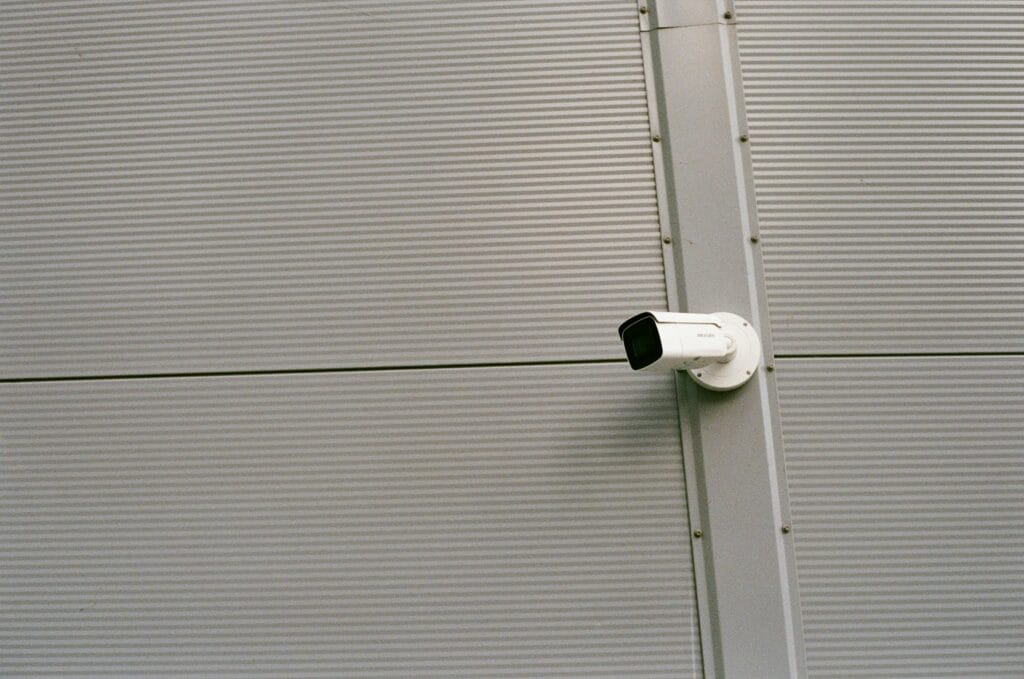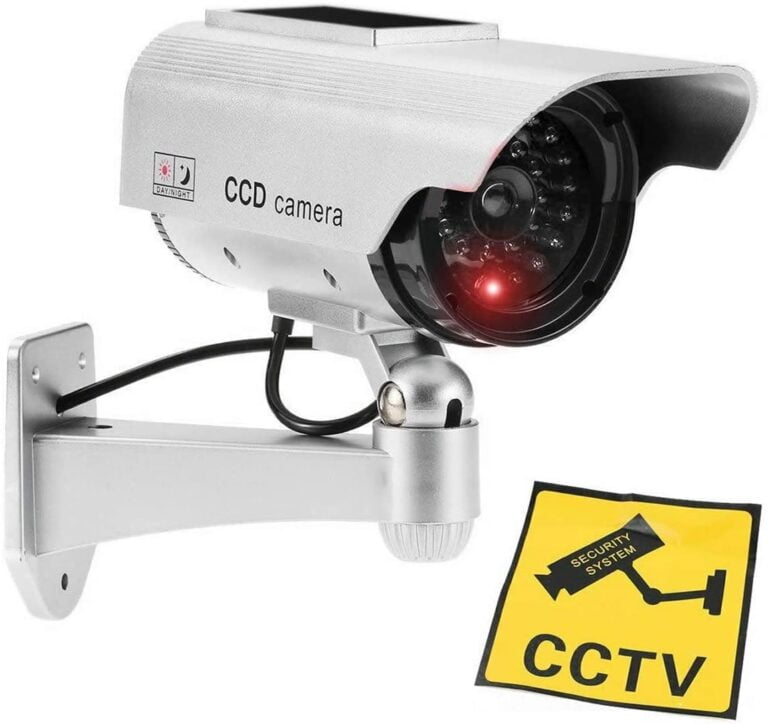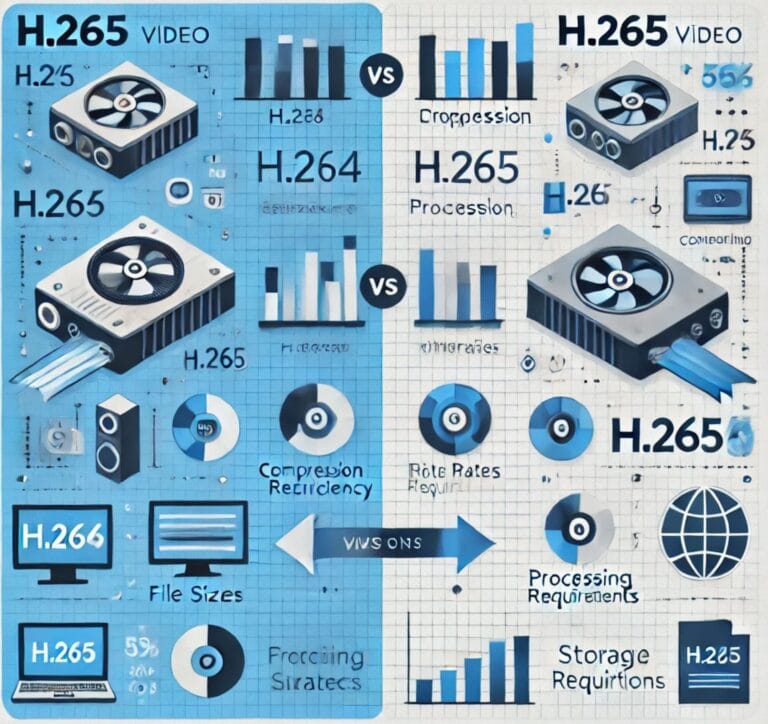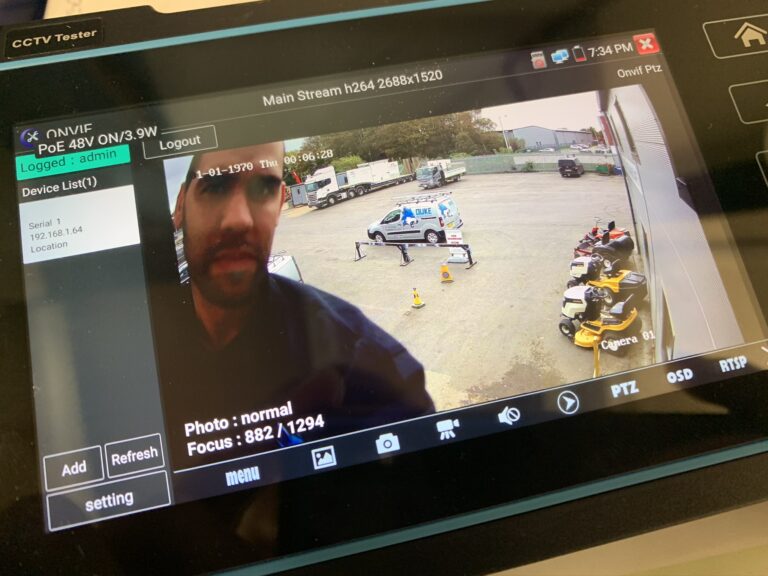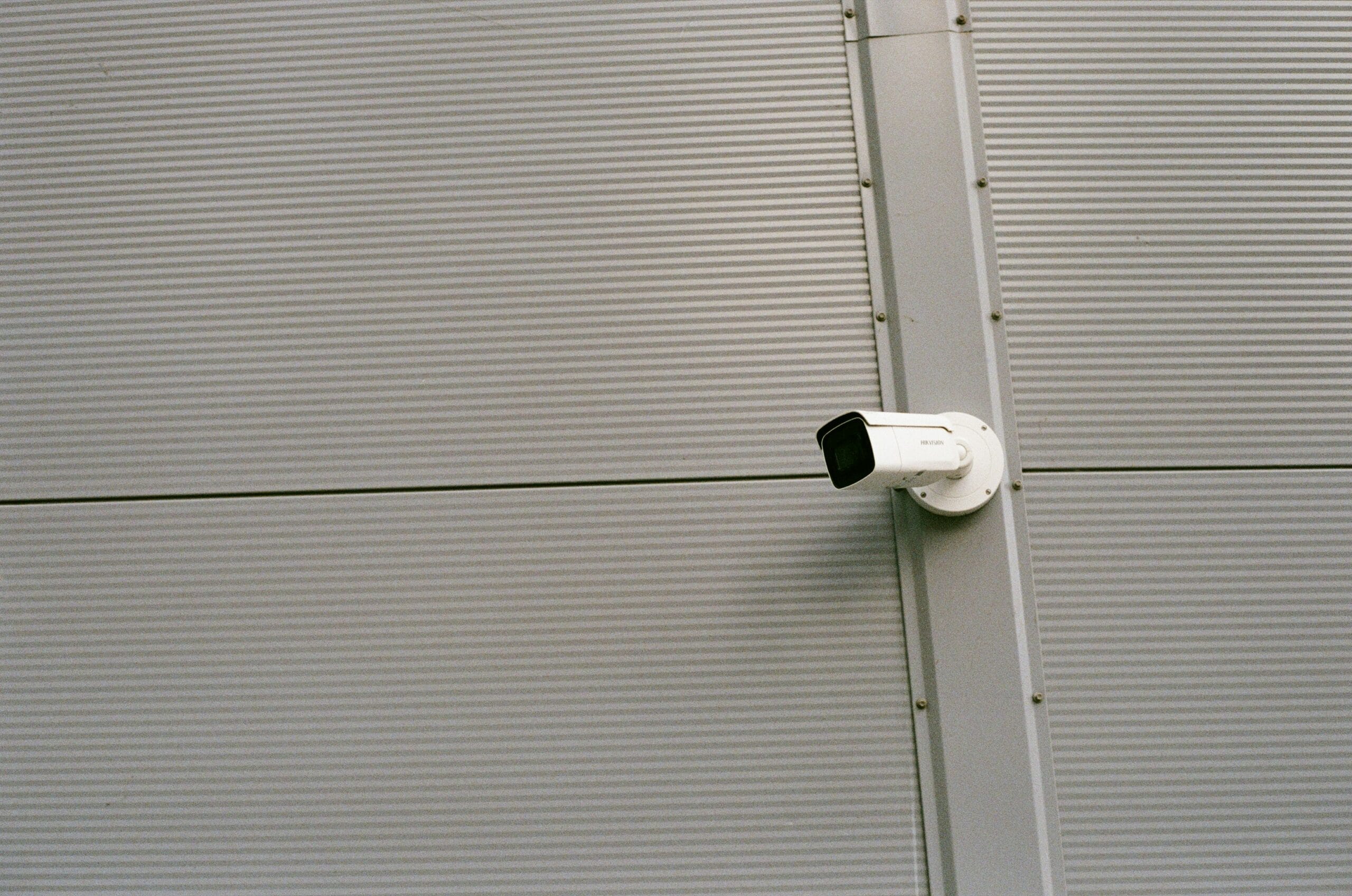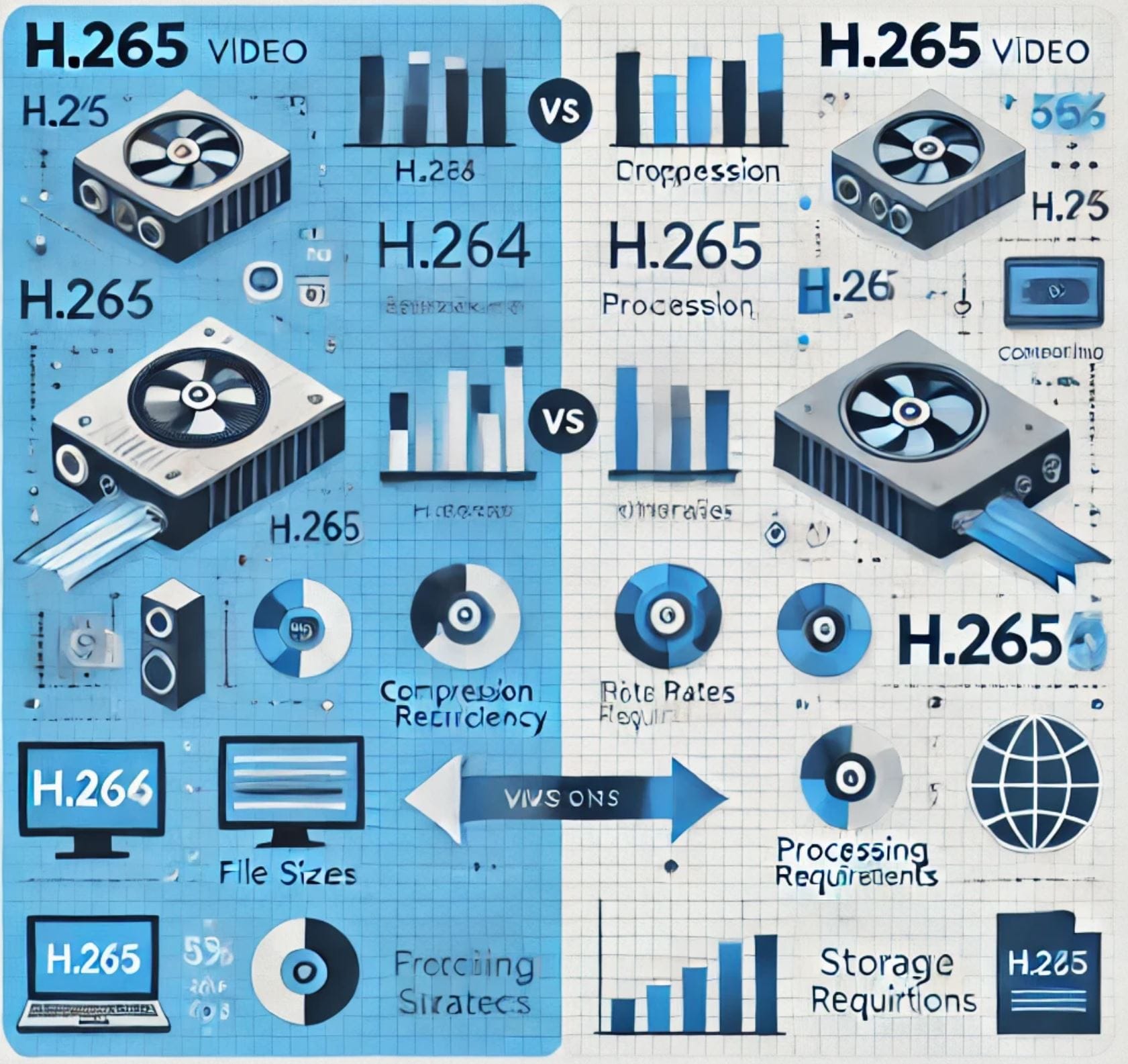At Duke Security, we’re committed to ensuring you have the latest information to make informed decisions about your CCTV installations. A critical aspect of CCTV system performance is the video compression standard used. This guide explores the four primary standards: H.264, H.264+, H.265, and H.265+, helping you understand which might best suit your security requirements.
What is Video Compression?
Video compression reduces video file sizes, allowing more footage to be stored on your CCTV’s storage drives and lowering bandwidth requirements for video streaming. This directly influences the performance, storage efficiency, and cost-effectiveness of your CCTV system.
H.264 (AVC – Advanced Video Coding)
H.264 has been the industry standard for many years due to its balance between video quality and compression efficiency.
Advantages:
- Proven reliability and widely supported.
- Good video quality at moderate storage sizes.
Disadvantages:
- Higher bandwidth and storage requirements compared to newer standards.
- Not optimal for high-resolution systems (4K+).
H.264+
H.264+ is an enhanced version of H.264 developed by manufacturers such as Hikvision. It optimises the standard by reducing redundant data, significantly improving compression efficiency.
Advantages:
- Up to 50% reduction in bandwidth and storage compared to standard H.264.
- Ideal for medium-sized installations.
Disadvantages:
- Proprietary technology, compatibility limited to certain manufacturers (e.g., Hikvision).
H.265 (HEVC – High Efficiency Video Coding)
H.265 offers considerable advancements over H.264, especially beneficial for high-definition and ultra-high-definition CCTV cameras.
Advantages:
- Approximately 50% more efficient than H.264.
- Supports 4K and higher resolutions effectively.
- Reduces overall storage requirements and bandwidth consumption.
Disadvantages:
- Requires more processing power for encoding and decoding, leading to slightly higher hardware costs.
- Less widely supported by older CCTV hardware.
H.265+
Building on H.265, Hikvision and other leading manufacturers developed H.265+, further enhancing video compression efficiency through intelligent analysis and data management.
Advantages:
- Further bandwidth and storage reductions of up to 80% compared to H.264.
- Optimal for modern, large-scale installations with numerous high-resolution cameras.
- Exceptional performance in low-bandwidth network environments.
Disadvantages:
- Proprietary enhancement; compatibility restricted to specific brands and newer devices.
Which Compression Format is Right for You?
- Small to Medium Installations: H.264 or H.264+ offers reliability and efficiency with lower initial hardware costs.
- Medium to Large Installations or High-Resolution Systems: H.265 or H.265+ significantly reduces storage and bandwidth, offering long-term cost savings despite higher initial equipment investment.
Duke Security’s Expert Recommendation
For future-proofing and cost efficiency, we often recommend H.265+ for new installations, especially if you’re installing modern, high-definition CCTV systems. However, if upgrading an existing system, compatibility checks are essential, and we can guide you through that process.
Need More Advice?
Contact Duke Security today on 01733 639096 or visit www.dukesecurity.co.uk to discuss your specific needs and how we can assist you in selecting the ideal CCTV solution.

